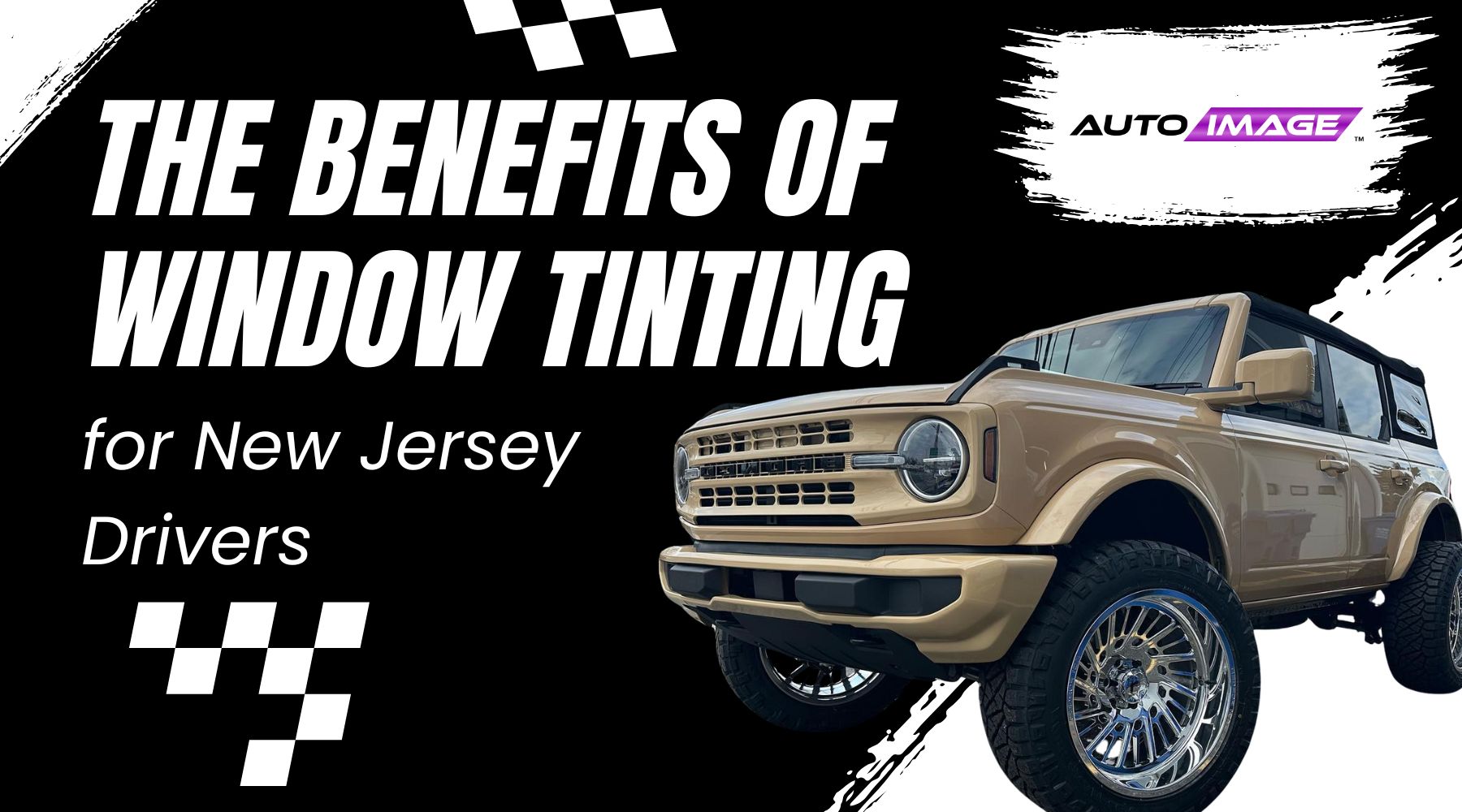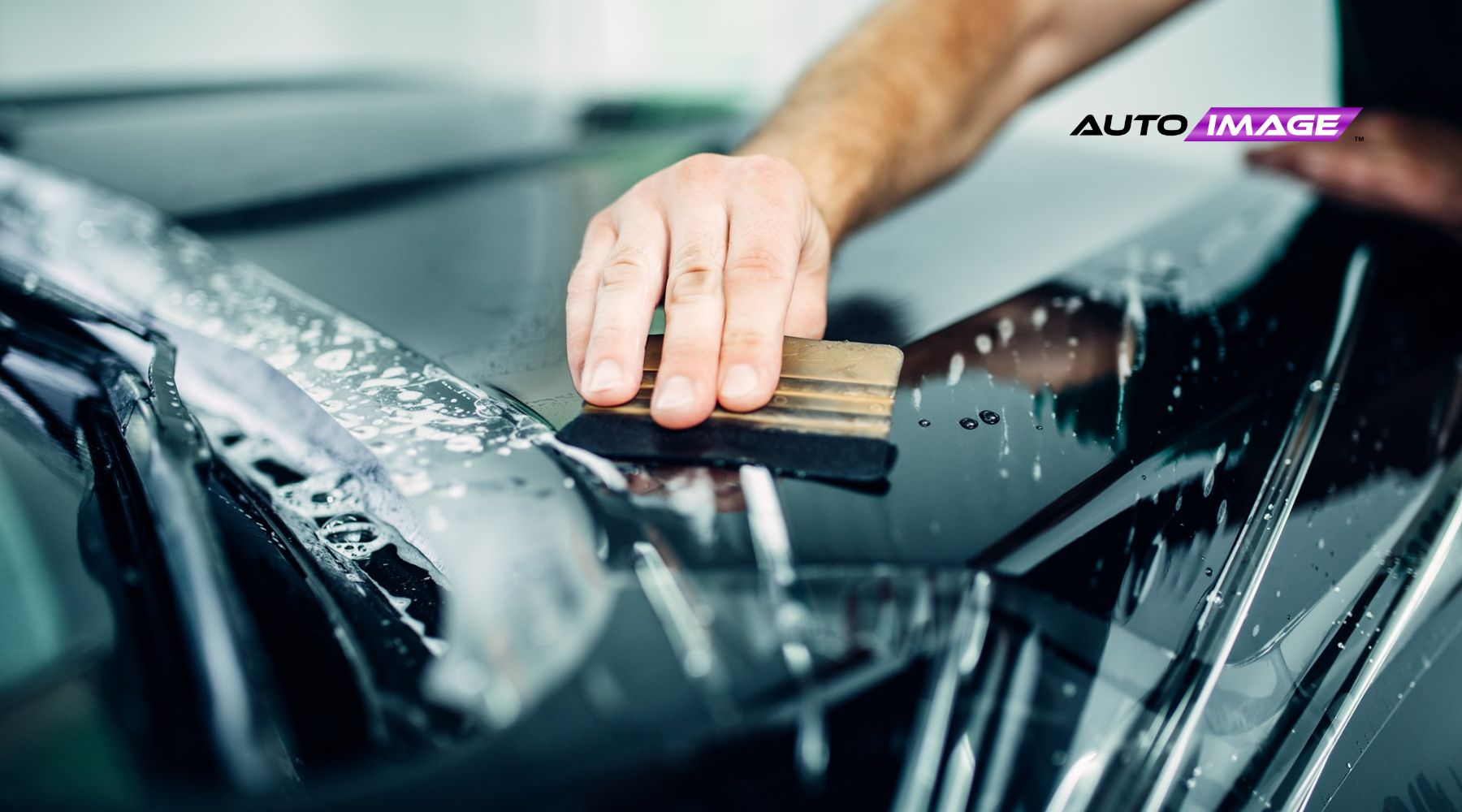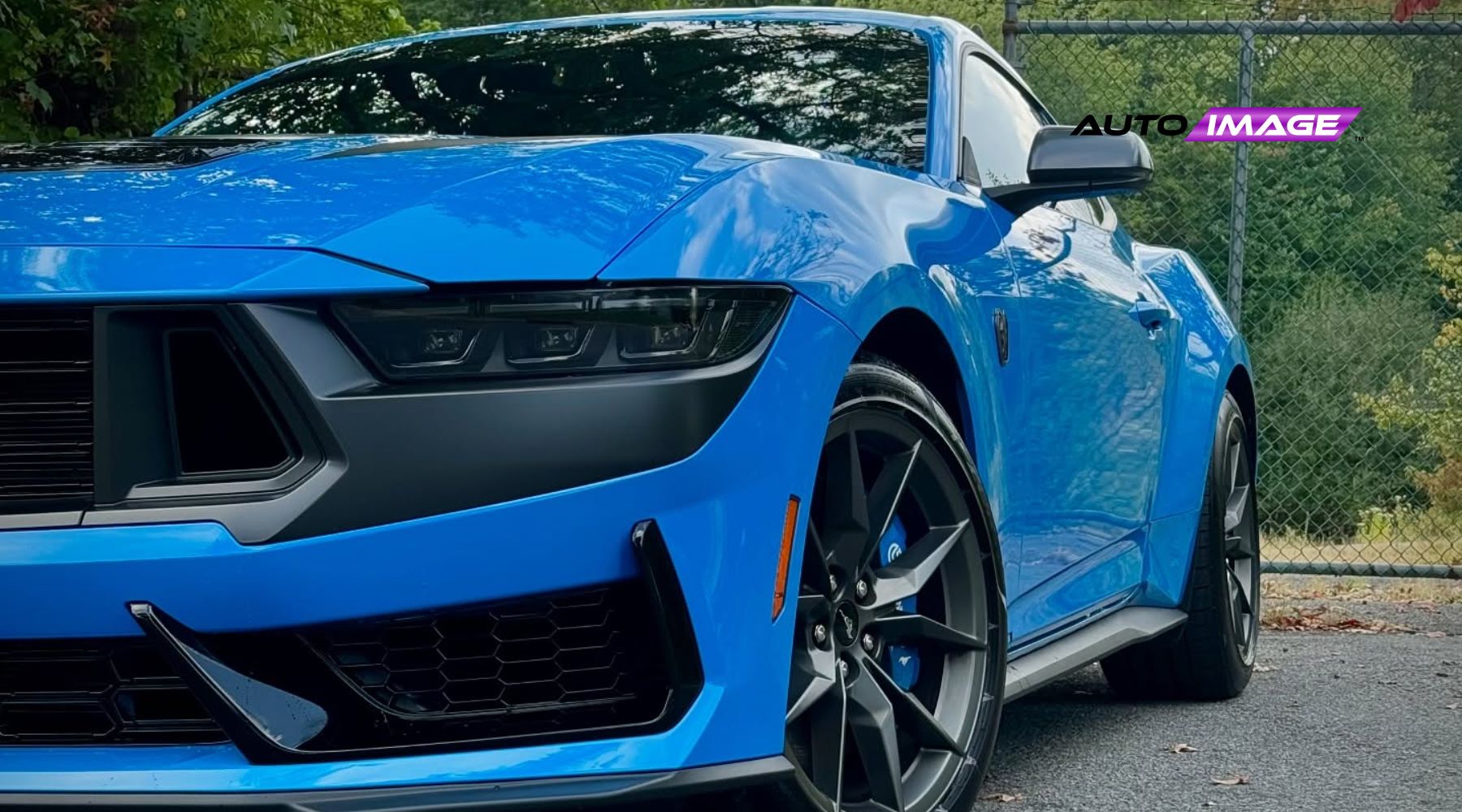Whether It’s Your Daily Driver or Weekend Cruiser, Car Wheel and Tire Maintenance Is Important
The signs of wheel and tire wear aren’t always obvious. That slight vibration or minor irregularity might seem harmless now, but addressing these issues early can prevent costly repairs and unsafe conditions down the road.
Watch for these eight signs that tell you when to replace your tires or wheels.
1. Steering Wheel Vibrations and Shaking
Physical damage often starts subtly before becoming a serious problem. A minor bend in a wheel from hitting a pothole creates vibrations at highway speeds – most noticeable between 55 and 70 mph – putting extra stress on suspension components with each rotation.
These vibrations typically feel strongest through the steering wheel when the bend affects a front wheel, while rear wheel damage manifests more as a general shaking sensation through the vehicle’s body.
Small bends under an eight of an inch can often be repaired, but anything more severe requires wheel replacement to prevent accelerated bearing wear and suspension damage. The vibration might temporarily disappear at certain speeds, creating a false sense of security, but the underlying damage continues to worsen with each mile driven.
2. Visible Cracks or Deformation
Cracks deserve immediate attention. These structural weaknesses often begin as tiny hairline fractures before growing into serious problems. The daily stress of driving gradually worsens these small imperfections until the wheel’s integrity becomes compromised.
Examine your wheels carefully for signs of bending, especially around the rim edges and spokes. Pay particular attention to areas around the lug nut holes and valve stems, as these stress points often show the first signs of fatigue.
Corrosion poses another significant threat to car wheel safety. Road salt and harsh weather conditions accelerate damage, particularly around lug nut seats and bead areas. What looks like surface-level rust might actually indicate deeper structural issues that compromise the wheel’s strength. On alloy wheels, white powder or bubbling under the clear coat often signals aluminum oxidation that can spread beneath the surface.
3. Uneven or Excessive Tire Wear
Wear patterns tell distinct stories about driving conditions and vehicle alignment. Center wear spanning the middle two to three inches of tread indicates consistent overinflation, usually six to eight PSI above recommended pressure.
- Wear along both edges points to chronic underinflation, often just three to four PSI below spec, which dramatically increases heat buildup and fuel consumption.
- Single-edge wear, particularly on front tires, typically signals alignment problems. It’s camber misalignment if the inner edge wears faster, or toe misalignment if the wear appears feathered when you run your hand across the tread.
4. Sidewall Bulges and Bubbles
Sidewall bulges or bubbles signal serious internal damage. These weaknesses in the tire structure can’t be repaired and require immediate replacement to prevent dangerous blowouts.
Even small protrusions indicate compromised structural integrity that could fail catastrophically under load or during emergency maneuvers.
5. Age-Related Deterioration
Rubber compounds deteriorate over years of use, reducing grip and safety even when tread depth appears adequate. Check the DOT code on your tire’s sidewall. If the last four digits show a date more than six years ago regardless of appearance, it’s time to replace them. Over time, the rubber becomes harder and less flexible, significantly reducing wet-weather performance and increasing stopping distances.
6. Persistent Air Pressure Problems
Slow air leaks around the wheel’s bead area often point to corrosion interfering with proper tire seating. These leaks tend to worsen over time as oxidation continues to affect the metal surface.
If you’re adding air more frequently than every few months, or if one tire consistently loses more pressure than others, it’s time for a thorough inspection.
The most common leak areas include the valve stem base, the bead seating area, and any location where the tire meets the wheel. A mixture of soap and water applied to these areas can help pinpoint slow leaks that might otherwise go undetected.
7. TPMS Warning Light Frequency
Modern vehicles with tire pressure monitoring systems provide early warning of problems. If your TPMS light comes on frequently or irregularly, it might indicate more than just normal pressure fluctuation.
The sensors themselves typically last five to seven years before needing to be replaced. Frequent warnings on older vehicles could mean sensors are failing, or your car is developing wheel problems.
8. Unusual Noises or Performance Changes
New sounds – particularly rhythmic humming or thumping – often indicate developing wheel bearing problems or uneven tire wear. Pay attention to changes in vehicle handling, especially if the car pulls to one side during normal driving or braking.
These symptoms frequently point to alignment issues or internal tire damage that requires immediate attention. The sound might change with vehicle speed or when turning in one direction versus the other. A whirring noise that gets louder with speed often indicates bearing wear, while a regular thumping sound might mean a separated tire belt or flat spot from extended parking.
The Bottom Line On Wheel and Tire Care
Each of these eight warning signs represents a different aspect of wheel and tire health. Some demand immediate action, while others serve as early indicators of developing problems.
Regular inspection and prompt attention to these signs helps prevent roadside emergencies and maintains both safety and performance. Monitor your vehicle for these indicators, and address any concerns before they develop into major issues.



